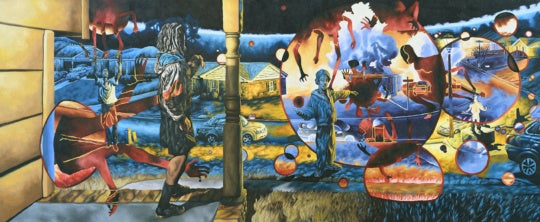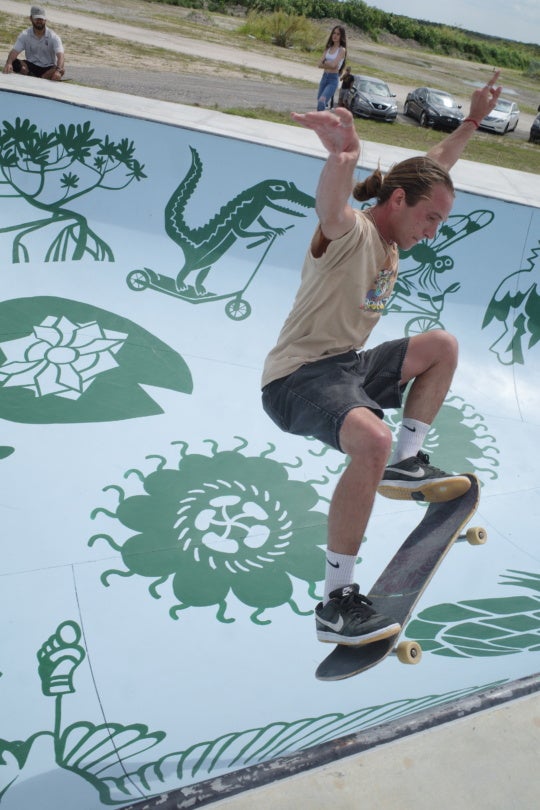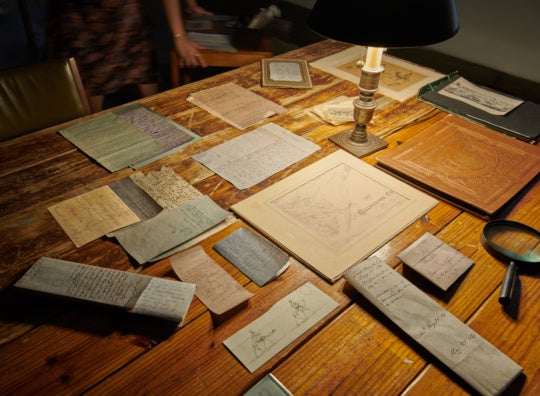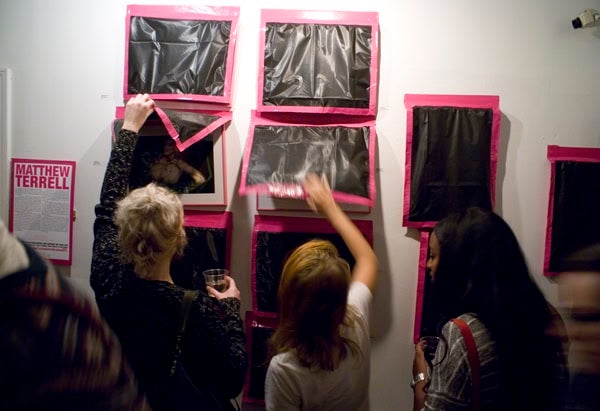
The crowd at Gallery 1526 spilled down the ramp and into the parking lot on the night of the closing reception for Legendary Children. Photographers and drag queens mingled and posed for photos with their adoring fans and spectators. Tall, flowing, white, rainbow-lit curtains hung from the high ceilings, framing the thick wooden stairs that served as the platform for the night’s performances. Legendary Children, was painted in bold white letters on a panel hanging in front of a silver sequin backdrop. The phrase hails from the cult-classic Paris Is Burning, a documentation of the drag ball scene in New York city in the mid-to-late 1980s. In the movie the legendary children are the rising stars of their scene. Referencing the phrase, five Atlanta-based gay artists—Blane Bussey, Jon Dean, Blake England, Kevin O, and Matthew Terrell—spotlighted a group of up-and-coming Atlanta queens through portraiture and linked the local scene to the larger dialogue of drag history. The closing reception featured performances by the subjects of the work: Brigitte Bidet, Cayenne Rouge, Edie Cheezburger, Ellisorous Rex, Evah Destruction, Jaye Lish, Kryean Kally, Lavonia Elberton, Mo’Dest Volgare, and Violet Chachki, with Nicole Paige Brooks of RuPaul’s Drag Race fame emceeing the event.
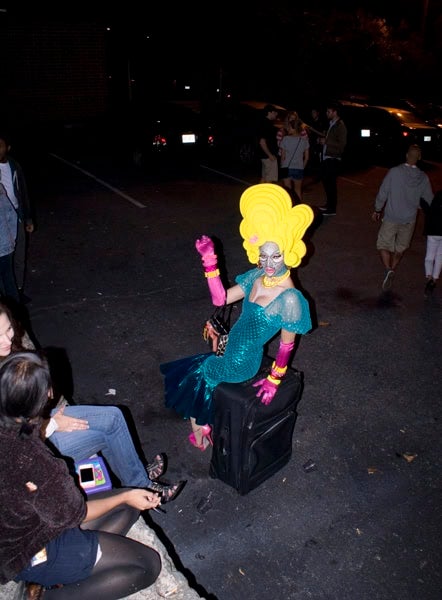
Jon Dean highlighted the elegance and poise of his subjects in his portraits. He was the only photographer to shoot every queen involved with the show, and it’s a testament to how integral he was to the creation of the exhibition. Dean shot all of his work in studio. He used backdrops, props, and digital projectors to stage his shots. He took inspiration from classical poses and dramatic lighting and transformed his subjects to look like golden-age movie legends.
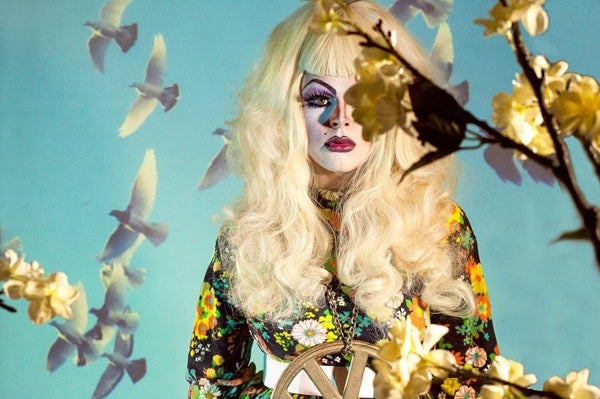
Blane Bussey has an eye for the absurd. There was a palpable tension in his photos of queens dropped into an array of Atlanta landscapes. He shot queens during the day and in a variety of locations such as Zoo Atlanta, Centennial Park, Five Points MARTA Station, Publix, Stone Mountain, the Atlanta BeltLine, and Sweetwater Creek State Park, and this process allowed for an integration of the queens into surprising spaces. With his wide crops he often included pedestrians who happened to be in the locations at the same time. He documented strangers interacting with the queens in unexpected places, and their reactions ranged from glee and curiosity to shock and disdain.

Kevin O captured a multitude of genuinely candid moments with the 47 portraits that make up The Queens and I. Hung salon style in a variety of sizes and styles of gold frames, the work was reminiscent of a wall of family portraits at grandma’s house. Each photo was intimate and unfiltered and appeared to represent an important memory for the artist. Shooting the queens while they were performing, applying makeup, getting dressed, chatting backstage, posing for a camera, or pissing in an alley, Kevin O captured the many aspects of a performer’s night out and gave honor to the visceral grit of a drag lifestyle. All of the photos were shot with disposable cameras, and they felt as ephemeral as the moments captured.
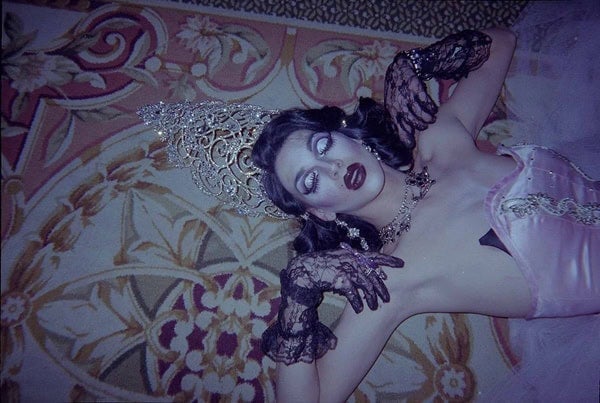
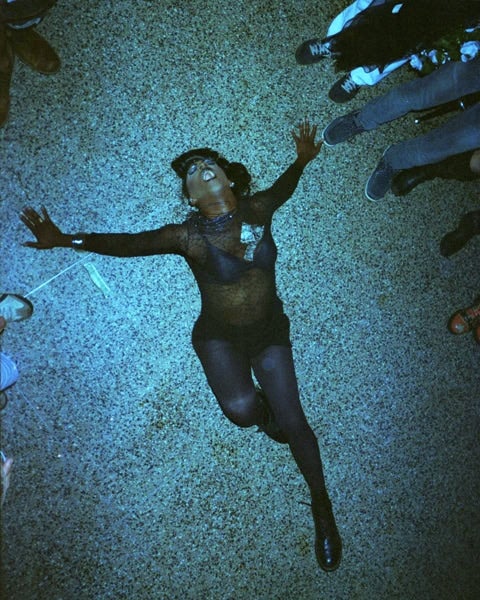
Also shot with disposable cameras, Blake England’s intimate and haunting work documented his obsession with Violet Chachki. Photographed in various states of undress, Violet appeared ghostly, dreamlike, and distant. Some of England’s more provocative photos brought unwanted attention to the show. One man whose office shares the space with the gallery labeled two of England’s photos and one of Dean’s photos as pornographic and demanded their removal. The gallery owner, Melanie Bell, stood behind the work but eventually compromised with censorship. The three photos were covered up with paper and duct tape in the time before the closing reception. Such opposition validates the importance of this show. It’s also a reminder of the obstacles that come with creating queer work in the South.
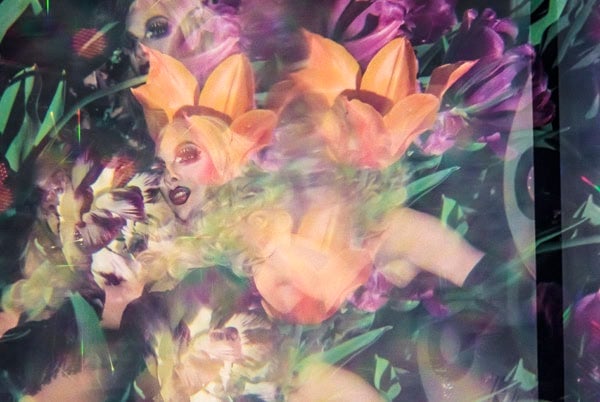
After the controversy arose with England’s and Dean’s photos, Matthew Terrell chose to censor his own work for the closing, stating:
I have decided to cover my work as a way to commemorate the queer artists before me—artists whose most personal work was hidden from the outside world. I could not have the platform to be an openly gay man who photographs drag queens without many generations of queer activists before me. The swaths of silence over my art honor their quiet legacy.
By shrouding his photos Terrell allowed his work to have an added visual effect and an interactive quality. Viewers engaged in a peek-a-boo experience, lifting the black fabric attached to the wall by pink duct tape in order to see the work. The photos were the results of playing with double exposures to create surrealist exquisite corpses from his subjects.
In the past few months the exhibition received a dazzling, wonderful, surprising, and overwhelming amount of press. The censorship only added fuel to the fire and gave the show yet another layer of dialogue. The artists and queens prevailed, though, as demonstrated by Evah Destruction when she tore through a large sign that read, “Our art doesn’t need your censor” to roaring applause.

